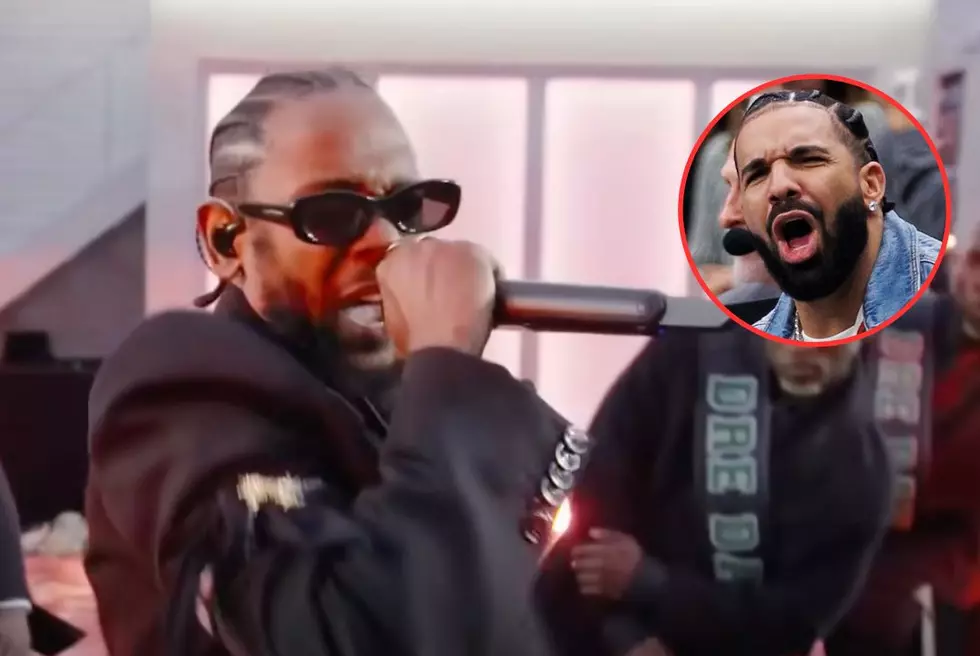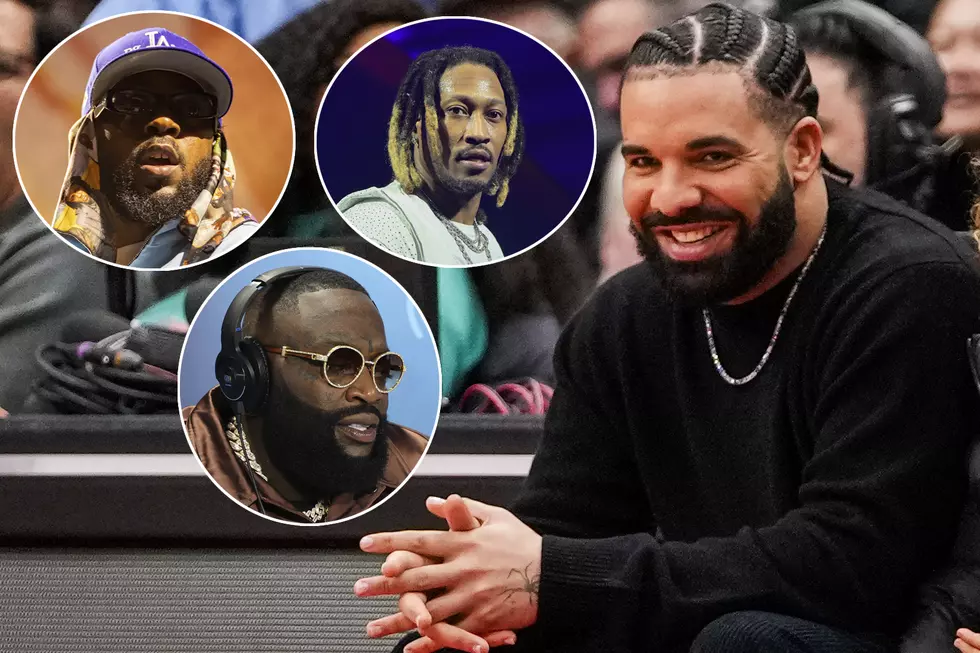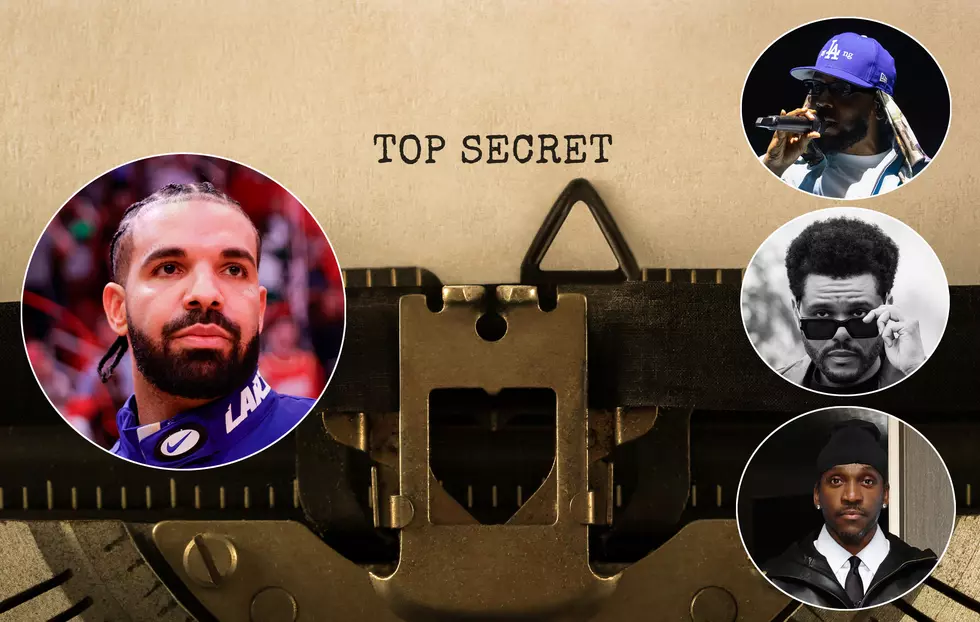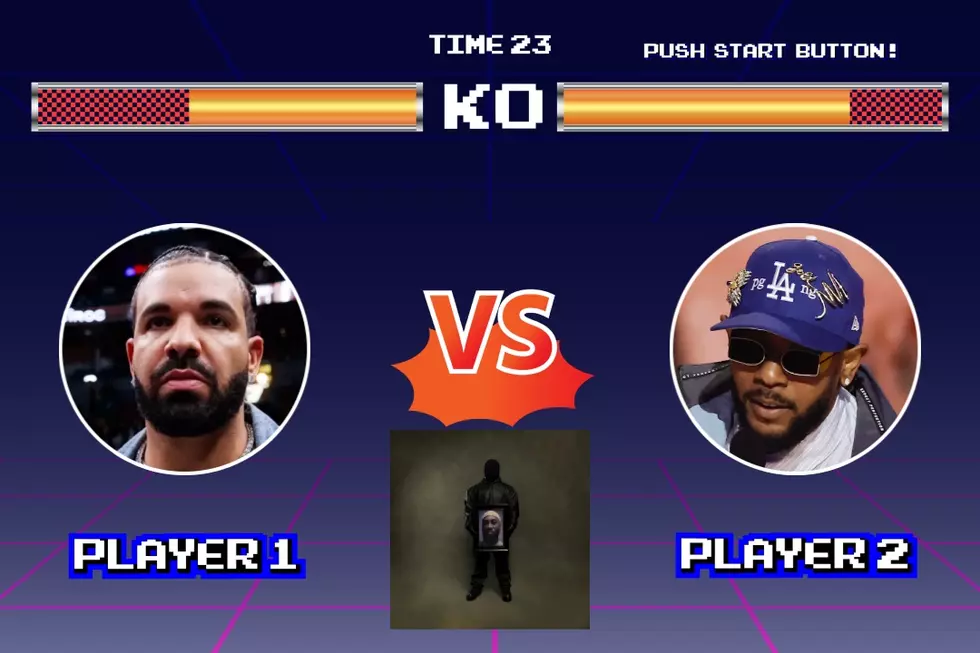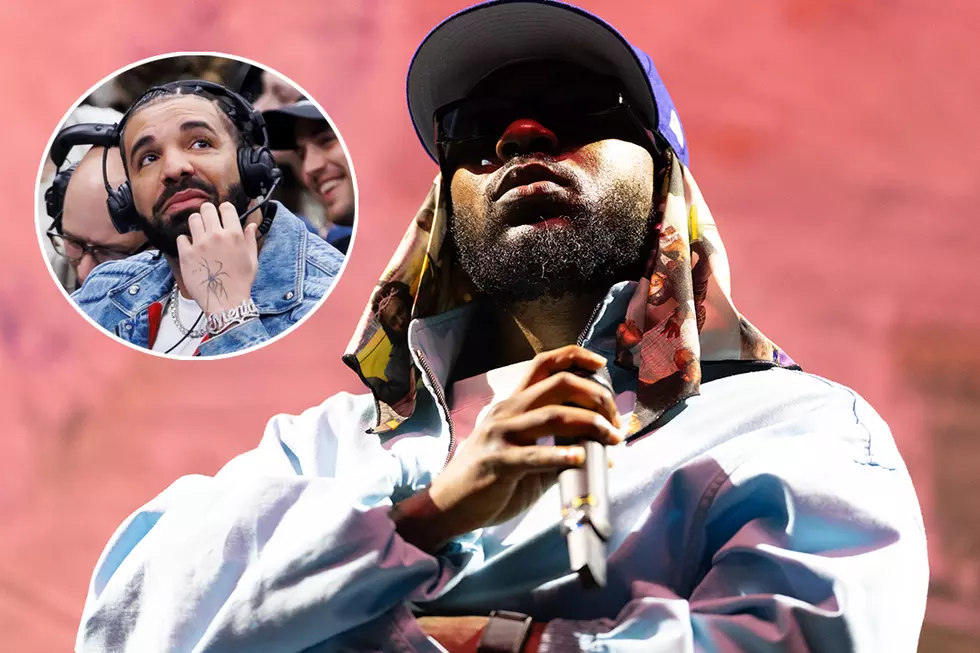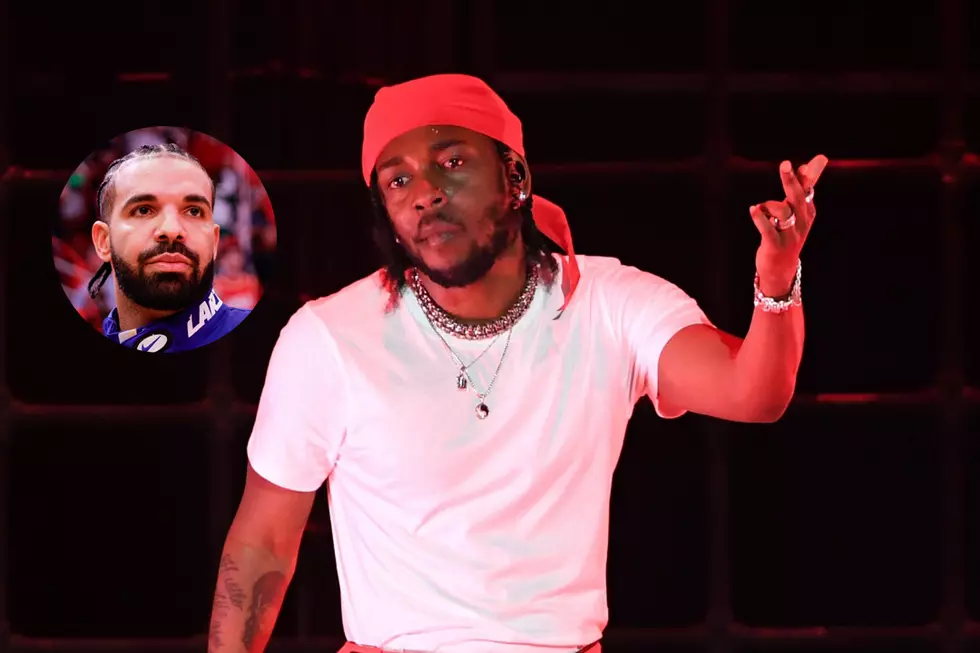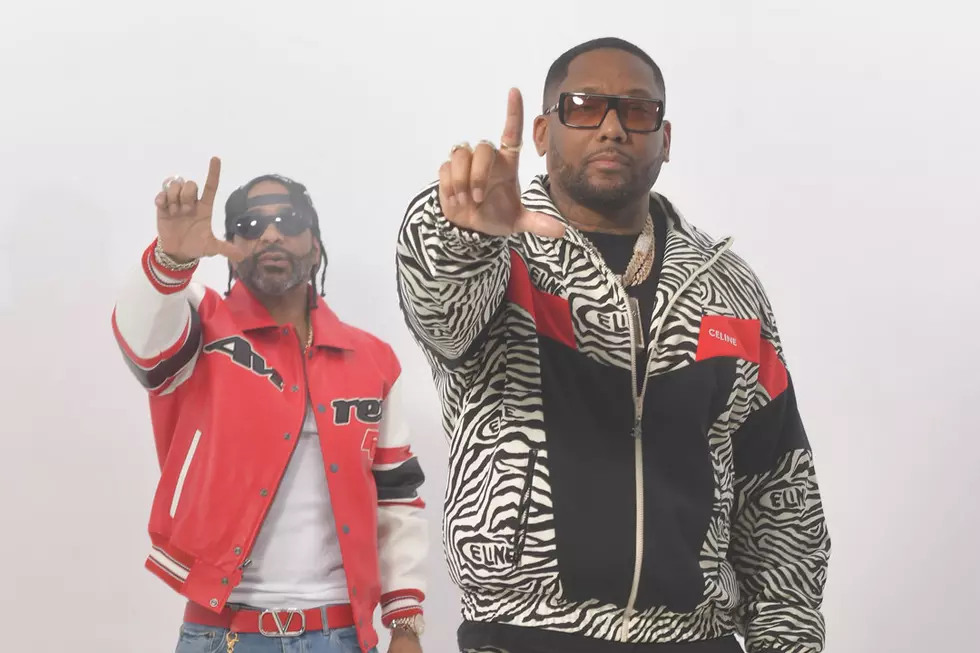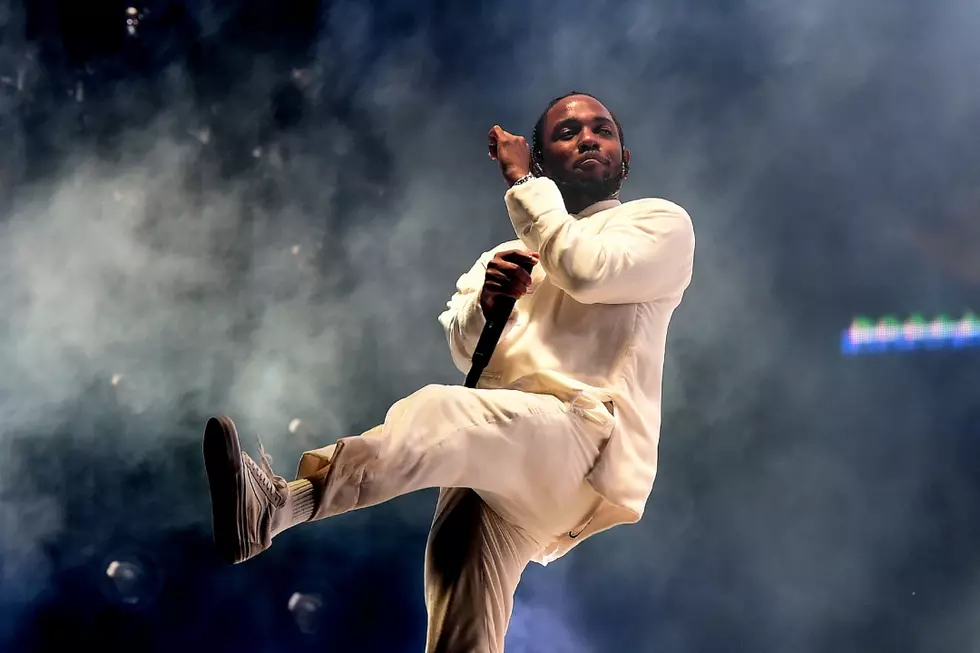
Battle Rap Brings the Craft Back to the Basics
Back to the Basics
For more than 35 years, battle rap has grown and evolved to become one of hip-hop's major elements. Now meet some of the faces carrying the movement into 2016.
Words: Georgette Cline
Editor’s Note: This story originally appeared in the Spring 2016 issue of of XXL Magazine, on stands now.
When MCs go to war, battle rap is hip-hop’s most respected platform to send a vitriolic lyrical message to an opponent that hits like a one-two punch. Assassinating another rapper with rhymes both quick-witted and clever is a crowning achievement in the game.
Battle rap has a storied history in the culture, dating back to the 1970s when hip-hop grew legs in the Bronx and breakdanced its way across the globe. Treacherous Three member Kool Moe Dee and Busy Bee Starski are two of the first rappers to put a face to battle rap. Their exchange at the Harlem World Christmas Rappers Convention in New York marked a pivotal moment for lyricism in 1981. Busy Bee, known at the time for being more of a party-rocking rhymer, used his time on the mic to engage the crowd while the Treacherous Three MC tore into the Bronx native with a freestyle calling him out by name (“Hold on, Busy Bee, I don’t mean to be bold/But put that ‘ba-ditty-ba’ bullshit on hold”).
Four years later, the Bridge Wars erupted between the South Bronx’s Boogie Down Productions, led by KRS-One, and Marley Marl’s Juice Crew featuring MC Shan from Queensbridge. What began as a battle over the true birthplace of hip-hop culminated in Shan dropping “The Bridge” while KRS delivered “The Bridge Is Over,” with both crews releasing more diss tracks in between the latter release.
Since then, battle rap has become an empire all its own. Classic beefs on record like Nas vs. Jay Z or Canibus vs. LL Cool J have evolved into a WWE-style form of entertainment where both underground and established MCs are positioned to lyrically destroy each other face-to-face onstage in front of a cheering (or booing) crowd.
Bay Area rapper Mistah F.A.B. has been in the battle rap circuit for the last 20 years and witnessed its transformation firsthand. The 34-year-old MC recalls when it was a mandatory rite of passage for a rapper to gain respect. “When I first started battle rapping that was part of the procedure to be an artist,” he explains. “You had to battle to gain your street credibility to have some type of exposure out here.”
According to F.A.B., who cites Eminem as the premier battle rapper, there are five key elements to succeeding in the artform: entertaining, a sense of humor, presence, lyrics and delivery. He’s employed each one during his past matchups with the likes of Arsonal Da Rebel, Royce da 5’9”, Clyde Carson and MC Jin, amongst many names that the mainstream rap fan would not be so familiar with.
F.A.B. has been fortunate to juggle a career as a traditional MC releasing albums while still cashing in on competitions. However, battle rappers like Newark, N.J.-bred Shotgun Suge, 28, rely on the next event as a main source of income rather than crafting LPs.
Suge, who’s been on the scene since 2010 battling rappers like K-Shine, hustles to keep his name in the circuit and his bank account stacked. “You gotta know your worth,” he says. “Because of battle rap I’m able to make money off music too, features, appearing in clubs. So I make a living like the artists in the mainstream.”
These days, Detroit rapper Calicoe, along with New York City’s Murda Mook and Hollow Da Don, are just a few of the popular faces making a lucrative career for themselves off rap battles. Thanks to outlets like Smack/URL, founded by Troy “Smack” Mitchell, and the Ultimate Rap League, lead by Eric Beasley and Jean “Cheeko” French, they’ve reached an audience of millions and acquired both fans and funds for their skillful war of words.
Making bank is one of battle rap’s biggest, most rewarding changes following Kool Moe Dee and Busy Bee Starski’s famed feud 35 years ago. “People are actually making a real career and lifestyle off this battle rap,” F.A.B. states. “Back then it was just for the sport and the love of the art. Now it’s actually to say I have a real career. I’m a battle rapper. It’s phenomenal.”
Get money.
Check out more from XXL’s Spring 2016 issue including Big Sean’s cover story, the Letter from the Editor, Macklemore’s thoughts on White privilege, Kodak Black’s Show & Prove interview, Doin’ Lines with Boosie BadAzz, Flatbush Zombies’ serious comic addiction, the producer behind Desiigner’s hit “Panda,” Plies’ career boost thanks to Instagram, Anderson .Paak's Show & Prove, Lira Galore's Eye Candy interview, What's Happenin' with Fetty Wap, go inside Quality Control Music, Lil Uzi Vert's Show & Prove, Jay Pharoah's rapper impersonations and more.
See Exclusive Photos From Big Sean's XXL Cover Story
More From XXL
